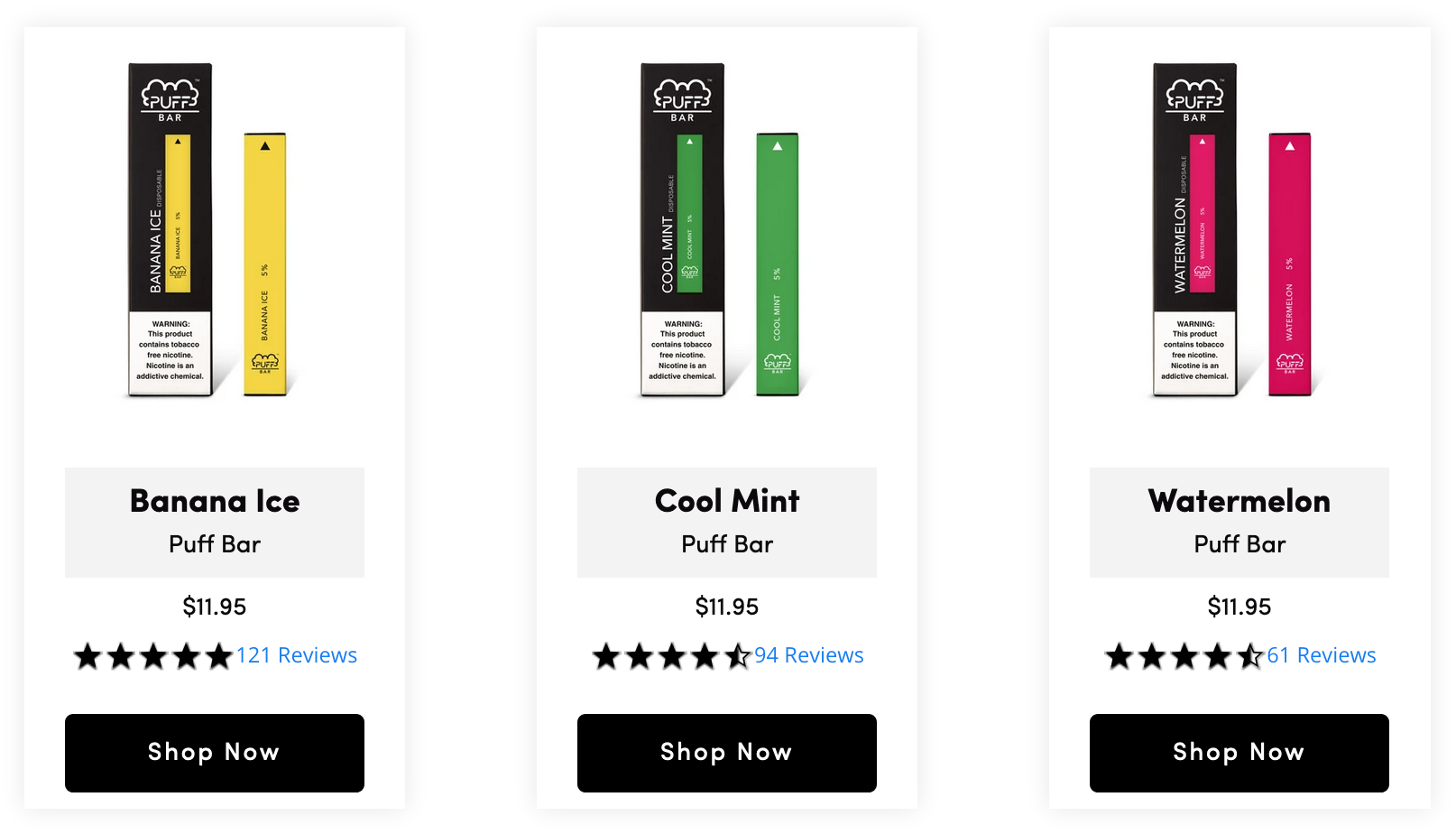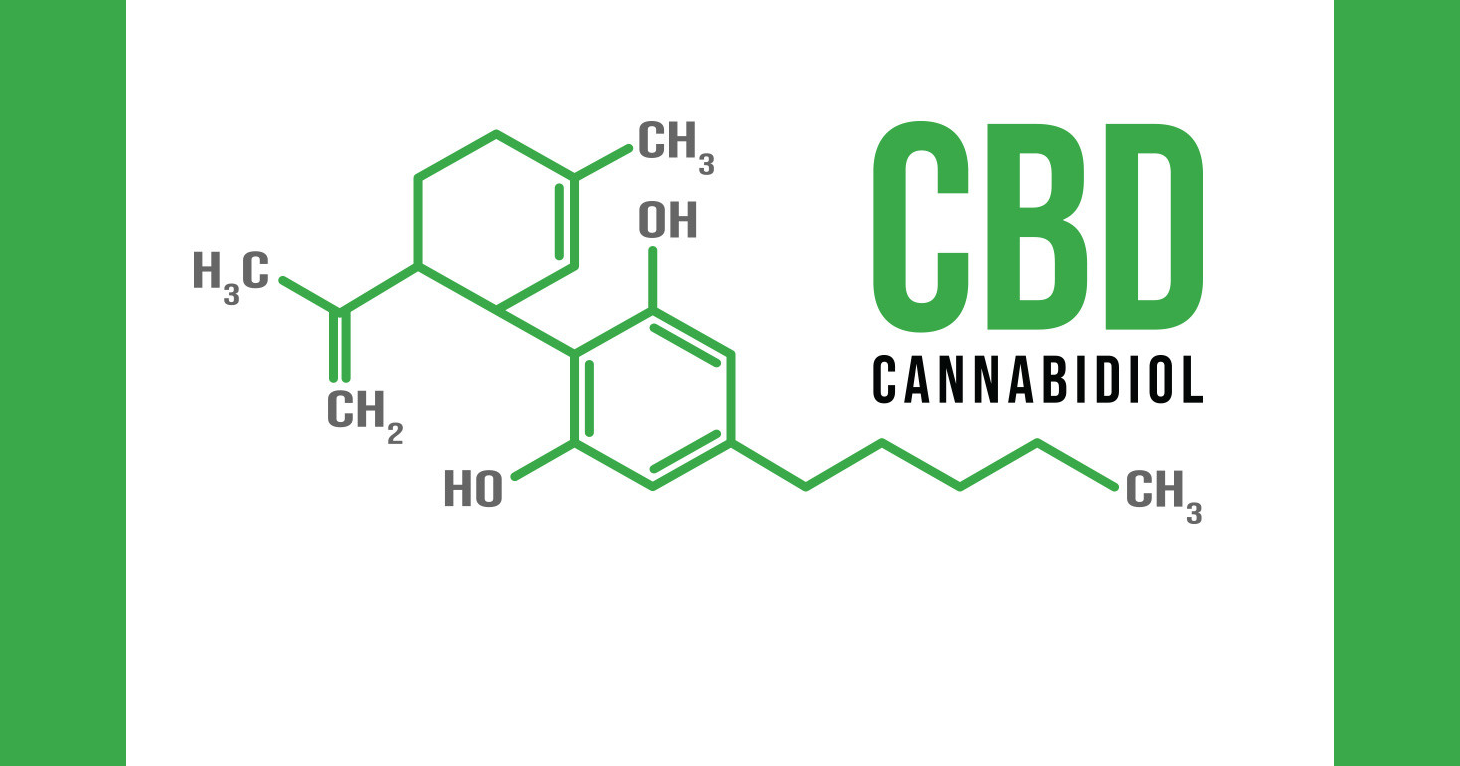
Puff Bar Flavors Resurface Following FDA Ban
FDA says it is aware of the situation but declined to comment on the regulatory status of disposable e-cigarette brand.
Corrective ad agreement comes eight years after originally ordered.
|
Consumers may be one step closer to seeing “corrective statements” in advertisements in newspapers, on television stations and on websites by major tobacco companies admitting that cigarettes are highly addictive and can lead to death.
A federal judge first ordered the corrective statements back in 2006, and while what they reveal isn’t exactly news, that companies may finally be admitting the truth to consumers in advertisements is.
The road to this agreement has been long. The Department of Justice first sued tobacco companies, including Phillip Morris USA and R.J. Reynolds, in 1999. It charged that tobacco companies intentionally deceived consumers in their advertisements in five different areas: adverse health effects of smoking, addictiveness of smoking and nicotine, lack of any health benefit from smoking light cigarettes, manipulation of cigarettes to optimize addictiveness and adverse health effects of secondhand smoke.
In 2006, Judge Gladys Kessler ordered tobacco companies to run corrective statements on all of these subjects in the print and online versions of national newspapers, on major television stations, on their own websites and on cigarette packaging informing the public of exactly how they were deceived. She also ordered them to place ads at point of sale locations in stores, but the tobacco companies are opposing that part of the order. Earlier this month, the companies reached an agreement with the Department of Justice about where and when the ads with the corrective statements will appear. The agreement fell the day after the 50th anniversary of the Surgeon General’s first report on smoking and health. But don’t hold your breath just yet. Tobacco companies are still allowed to appeal the content of the corrective statements, which could delay them further.
Mockups of the ads show a stark, text-only, black and white design, as ordered in a very detailed and specific court document that even describes the font and size of text.
This latest agreement follows what has already been years of what leading anti-smoking groups call “time-consuming…delay tactics.” According to the CDC, each year more than 440,000 Americans die of tobacco-related causes. If you do the math using that number, it would mean there have been over 3.5 million tobacco-related deaths since the order in 2006, and over 6.6 million since the litigation began in 1999.
While tobacco companies are a step closer to running the corrective statements, they are still fighting the FDA on what kind of graphic warning labels they have to put on cigarette cartons. (The FDA is also considering regulations for e-cigarettes.) For more information on cigarette advertising, see Are Tobacco Ad Regulations Doing Enough to Deter Smoking?
UPDATE 6/4/2014: The court approved a revised consent order extending the number of states and newspapers where the corrective statements will appear at the bequest of advocates who wanted the messages to reach minority communities they say were targeted by Big Tobacco. However, the court rejected requests requiring that the tobacco companies run the ads on youth and minority-focused television networks along in addition to the already-agreed upon major television networks.
FDA says it is aware of the situation but declined to comment on the regulatory status of disposable e-cigarette brand.
TINA.org agrees with health groups that Juul’s current campaign disseminates an illegal smoking cessation claim.
FDA to consider legal pathways for cannabis-derived compound.


